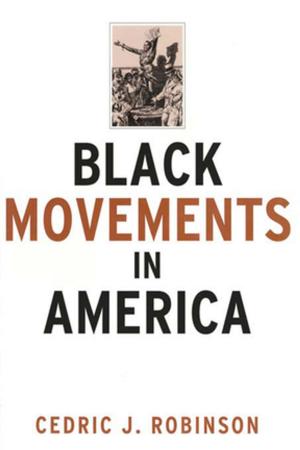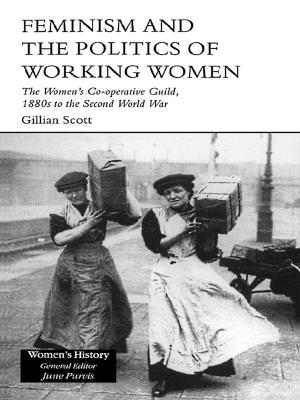Babbitts and Bohemians from the Great War to the Great Depression
Nonfiction, History, World History| Author: | Elizabeth Stevenson | ISBN: | 9781351314985 |
| Publisher: | Taylor and Francis | Publication: | November 30, 2017 |
| Imprint: | Routledge | Language: | English |
| Author: | Elizabeth Stevenson |
| ISBN: | 9781351314985 |
| Publisher: | Taylor and Francis |
| Publication: | November 30, 2017 |
| Imprint: | Routledge |
| Language: | English |
Babbitts and Bohemians is a fresh and informed account of the 1920s, a decade that seems almost mythical to some. Elizabeth Stevenson finds that the true twenties was a society of contrast. On the one hand, it was an era of sameness and political conformity, but on the other hand, it was also a time of cultural revolt. In places labeled Main Street and Middletown the citizenry followed a conventional pattern. At the same time, while most of America enjoyed the good life of this period, bohemians in Greenwich Village and expatriates in Paris were fervently scornful of it.
The author explores the new sense of self and the world during this period, especially evident in the writings of Sinclair Lewis, Sherwood Anderson, Robert Frost, H. L. Mencken, Glenway Wescott, William Faulkner, and others. Stevenson writes about numerous facets of the 1920s: the brilliant entertainers, Harlem's brief period of glory, the worsening conditions in the South, the hero worship of Babe Ruth and Charles Lindbergh, and the stockmarket crash in 1929 that brought an abrupt end to the golden years. In the new introduction, the author reflects on her personal experience and discusses how the 1920s affected her family. She goes on to talk about how living in the tumultuous 1960s prompted her to write Babbitts and Bohemians. While she concedes that there were some not so glorious times during the 1920s, she still considers it a period where the vitality of life exhibited itself in all sorts of interesting and entertaining new ways.
Elizabeth Stevenson succeeds admirably in conveying the spirit and the history of the era: the people and the mood that shaped the times; the political, international, and economic apathy; the conformity and rebellion of a decade unlike any other before or since. Babbitts and Bohemians will be enjoyed by all, especially historians, sociologists, and political scientists.
Babbitts and Bohemians is a fresh and informed account of the 1920s, a decade that seems almost mythical to some. Elizabeth Stevenson finds that the true twenties was a society of contrast. On the one hand, it was an era of sameness and political conformity, but on the other hand, it was also a time of cultural revolt. In places labeled Main Street and Middletown the citizenry followed a conventional pattern. At the same time, while most of America enjoyed the good life of this period, bohemians in Greenwich Village and expatriates in Paris were fervently scornful of it.
The author explores the new sense of self and the world during this period, especially evident in the writings of Sinclair Lewis, Sherwood Anderson, Robert Frost, H. L. Mencken, Glenway Wescott, William Faulkner, and others. Stevenson writes about numerous facets of the 1920s: the brilliant entertainers, Harlem's brief period of glory, the worsening conditions in the South, the hero worship of Babe Ruth and Charles Lindbergh, and the stockmarket crash in 1929 that brought an abrupt end to the golden years. In the new introduction, the author reflects on her personal experience and discusses how the 1920s affected her family. She goes on to talk about how living in the tumultuous 1960s prompted her to write Babbitts and Bohemians. While she concedes that there were some not so glorious times during the 1920s, she still considers it a period where the vitality of life exhibited itself in all sorts of interesting and entertaining new ways.
Elizabeth Stevenson succeeds admirably in conveying the spirit and the history of the era: the people and the mood that shaped the times; the political, international, and economic apathy; the conformity and rebellion of a decade unlike any other before or since. Babbitts and Bohemians will be enjoyed by all, especially historians, sociologists, and political scientists.















